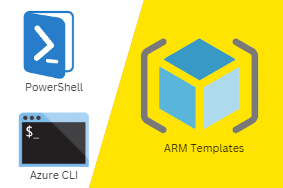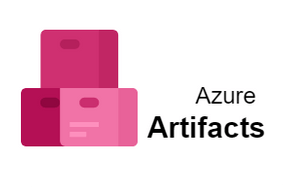Cloud computing has become more popular than ever before. However, it’s also become somewhat of an umbrella term to refer to all the forms of cloud tech such as software as a service (SaaS), infrastructure as a service (IaaS), and platform as a service (PaaS). The most basic definition of cloud computing is the online delivery of on-demand computer services instead of having your data and programs reside locally on your device or on your company’s own computers and servers.
Why Use Cloud Computing
Accessibility – Software is stored and executed on servers, meaning that there’s no need to have a local copy. This means that you can access your data from any location at any time without needing to install software, so long as you have an internet connection. This also means that if your computer crashes or hard drive fails, all of your data will still be accessible. There’s no need to worry about backing up everything on a separate hard drive or lugging around a laptop for mobile use; it all lives in one place, in the cloud.
How Does Cloud Computing Work
The way that cloud computing works depends on which type of cloud computing you’re using. There are several ways to go about using cloud storage and accessing software as a service (SaaS). Let’s dive into a few examples: Amazon Web Services, DropBox, Office 365, Salesforce and Gmail are just a few examples of cloud computing systems that we can all use on a daily basis. You already use these kinds of applications—you might not realize it, but they are stored in the cloud. If you were to log into your DropBox account right now and begin working on files within your company folder, those changes would appear instantly in every computer linked to your account.
Advantages and Disadvantages of Cloud Services
Cloud computing has become a popular topic in technology circles, and there are many reasons why. Essentially, cloud computing refers to allowing consumers and businesses to store their data on virtual servers rather than on locally attached storage systems. It’s made possible by software solutions that allow users to share resources among multiple computers (i.e., multiple user accounts accessing a server), but some services offer private clouds that store an individual user’s data separately from other users’ data. Whether or not you use a private or public cloud service, there are several advantages and disadvantages of cloud computing solutions to consider before committing your information to the cloud.
Benefits Of using the Software As A Service (SaaS) Model
One of several ways that a business can use cloud computing, Software as a Service involves paying for an application to be used via an Internet connection. While there are some companies that offer their cloud services for free, most charge by subscription. There are advantages to using SaaS because it’s much easier to manage than a software installation and can be scaled easily. Since you’re only using what you need, however, it’s important to watch your costs on such services. Some providers will allow you to go back in time and see how much storage space you used in previous months so you don’t pay any more than necessary.
Examples of SaaS Applications
Salesforce, SugarCRM, etc. Examples of PaaS Applications: Windows Azure, Google App Engine Examples of IaaS Applications: Amazon Web Services (AWS), Rackspace, etc.
Real-world examples of SaaS applications being used today
how they’re used, who uses them, and how cloud computing affects their day-to-day lives. Also, take a look at business trends that have influenced what cloud computing means to different people and companies. Many believe it will soon become as necessary to modern businesses as electricity. Will you be ready for it?
Is My Business Ready For The Cloud?
The biggest benefit of cloud computing for small businesses is that it removes barriers to entry. There’s no hardware or software to purchase, and you don’t have to rely on someone else (i.e., a network administrator) to set up your IT infrastructure. The other great thing about cloud computing is that it offers 24/7 uptime—critical for any business that relies on internet-based services (like email, inventory management, or point-of-sale). What’s more, cloud computing allows you to access your data from anywhere at any time. If a key employee needs to review client information while traveling but isn’t authorized to log into your company server, you can grant them remote access without having them physically come into your office first. In essence, anything that was difficult or impossible before—you know, like running a profitable business!—becomes easy once you make the transition to cloud computing. Even if it may seem counterintuitive based on what I just said, there are some drawbacks as well: security breaches can be traced back directly to an individual device in many cases; most users will need training with regard to new software; and adjusting daily work habits often proves problematic.
Understanding The Three Types Of Cloud Services
Once you understand what cloud computing actually is, you’ll need to figure out which type of cloud service best fits your business. There are three main types of cloud services: Software as a Service (SaaS), Platform as a Service (PaaS) and Infrastructure as a Service (IaaS). While these terms may seem complicated, they’re really not that difficult to understand. For example, SaaS refers to applications hosted on an external server and accessed by users via the Internet. PaaS refers to technologies used to create application and IaaS means services that provide virtual machine environments or networks in order for businesses and developers to host applications on their own servers, with unlimited storage capabilities.
When Can I Start Using The Cloud In My Business?
Cloud computing offers a range of solutions. There’s cloud-based voice, for example, and software-as-a-service (SaaS). If you’re getting started in business, you might wonder when you can start using cloud computing in your business. Well, according to InformationWeek: SaaS lets businesses pay by usage and gives access to software via a web browser or over an Internet connection. Because it doesn’t require downloading software or installing updates, it takes only a few minutes to get set up and can be used as soon as payment is made.



0 Comments